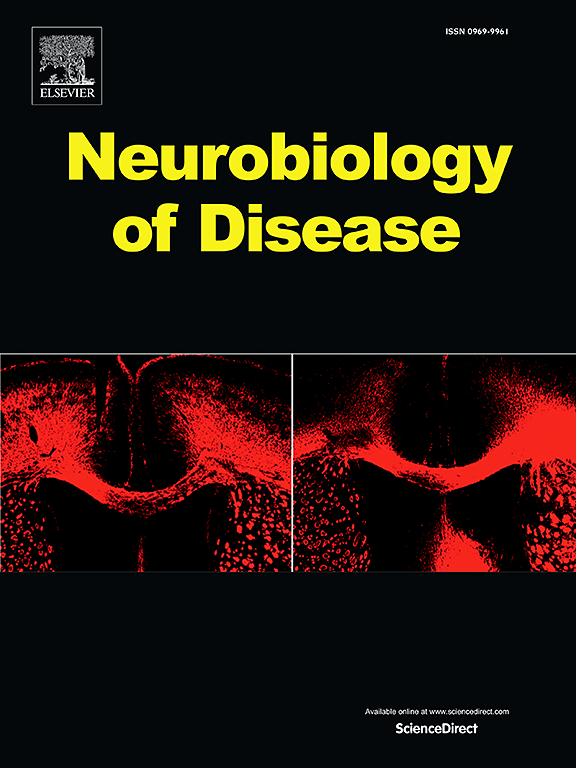Sex shapes phenotype-linked metabolic signatures of stress exposure in the mouse hypothalamus and pituitary
IF 5.1
2区 医学
Q1 NEUROSCIENCES
引用次数: 0
Abstract
In chronic stress-induced anxiodepression, sex differences in the dysfunction of the hypothalamic-pituitary-adrenal (HPA) axis are well-documented, yet the underlying molecular mechanisms remain largely unexplored. This study investigated sex-specific metabolic signatures associated with stress exposure in the hypothalamus and pituitary, given the potential significance of brain metabolism in sex-related mechanisms underlying anxiodepression. Utilizing a chronic restraint stress (CRS) model, we conducted a comparative analysis of the metabolic profiles in female and male mice to identify distinct phenotypic expressions related to sex differences. Our findings revealed that metabolite alterations in the pituitary were more pronounced than those in the hypothalamus, indicating significant sex-based variations. These differences facilitated phenotypic differentiation and underscored the relevance of sex-specific metabolic changes and their functional associations to behavioral phenotypes. Moreover, diverging and converging pathways were identified to elucidate the molecular and physiological bases of stress susceptibility in both sexes. Key metabolic and immune-related pathways in the hypothalamus and pituitary, such as histidine, tryptophan, lipid, glycerophospholipid, amino acid, and carbohydrate metabolism, showed specific associations with sex and phenotype. Additionally, correlation analysis uncovered several differential metabolites that were significantly linked to mouse behaviors, with marked sex differences. Collectively, our results demonstrate a pronounced sexual dimorphism at the metabolic level in the hypothalamus and pituitary in response to chronic stress. This study provides a valuable molecular resource for further exploration of the interplay between sex and behavioral phenotypes within the dysregulation of the HPA axis that contributes to stress susceptibility and immune response, emphasizing the critical role of sex-specific metabolic mechanisms in anxiodepressive disorder.

求助全文
约1分钟内获得全文
求助全文
来源期刊

Neurobiology of Disease
医学-神经科学
CiteScore
11.20
自引率
3.30%
发文量
270
审稿时长
76 days
期刊介绍:
Neurobiology of Disease is a major international journal at the interface between basic and clinical neuroscience. The journal provides a forum for the publication of top quality research papers on: molecular and cellular definitions of disease mechanisms, the neural systems and underpinning behavioral disorders, the genetics of inherited neurological and psychiatric diseases, nervous system aging, and findings relevant to the development of new therapies.
 求助内容:
求助内容: 应助结果提醒方式:
应助结果提醒方式:


